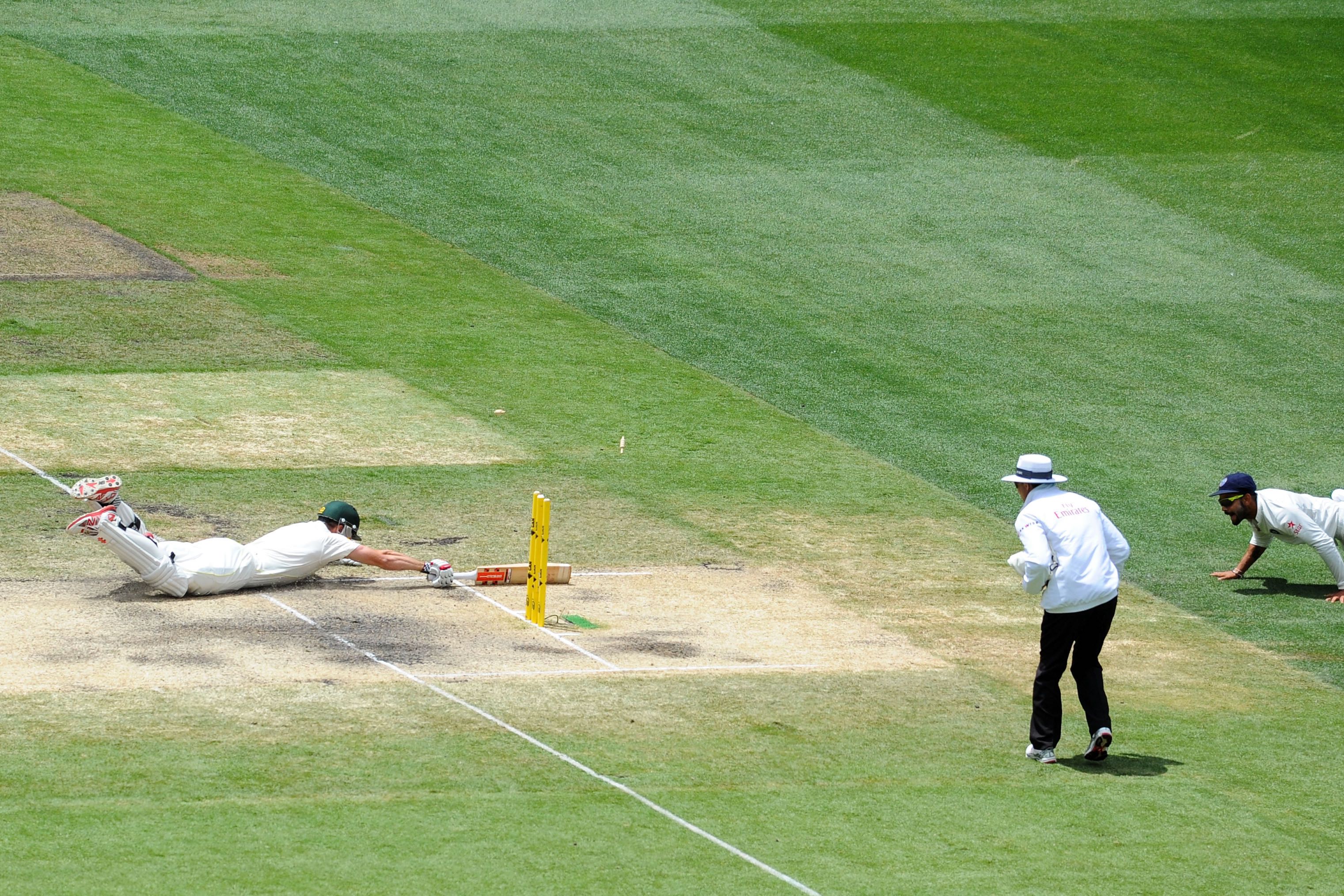
Politics & Society
Why ‘winning without counting the costs’ must end

Cricketers, on the verge of scoring a century, are often described as being in the ‘nervous nineties’ – a new study uses data to sort fact from fiction
Published 29 June 2023
If you’ve been watching the Ashes, you would’ve seen Australian cricketing superstar Ellyse Perry fall agonisingly short of her third Test century. She was caught out for 99 in the Women’s Ashes at Trent Bridge.
But did Perry suffer from the so-called ‘nervous nineties’?

For those of you glued to the cricket, the performance of elite test cricketers may be a regular feature of your armchair analysis.
For psychologically-minded researchers like us, it’s an insight into the inner workings of our brains. And one key aspect of play got our attention: the performance of batters progressing through the notorious ‘nervous nineties’.
Popularised by commentators, the term captures the idea that batters with 90 or more runs become anxious about reaching (or not reaching) a century (100 runs).

Politics & Society
Why ‘winning without counting the costs’ must end
While cricket is a team sport in which 11 players attempt to collectively score as many runs as they can, the individual accumulation of 100 is universally hailed a major batting achievement.
Now, 99 runs is an impressive individual total; but in cricket culture, 99 is a world away from 100.
The century milestone is a big deal – especially in test cricket.
Watching a batter reach 100 runs reveals its significance. There’s jubilation and relief, teammates stand and applaud, and crowds cheer. Even nearby opponents offer congratulations.

Scoring a century builds a batter’s reputation, while enhancing their legacy, their chance of selection, and let’s not forget, their team’s chances of winning.
In stark contrast, getting out just short of a century can be a bitter experience.
Beyond the disappointment, being dismissed in the nineties can attract stigma of mental weakness (especially if repeated) and is widely considered “a failure to convert”.
With that kind of pressure, who wouldn’t be nervous?

Health & Medicine
Sport and that sense of belonging
No doubt, all of us can think of a time when a desired goal slipped through our fingers, just when success seemed assured.
Putting the finishing touches on a performance can be challenging, especially when your reputation is a concern. Humans have imperfect thought control and can experience unhelpful thoughts at inconvenient times, like pondering the consequences of failing when success is in sight.
This perverse thinking can disturb the task-focused mindset that brings performers to the brink of achieving their goals.
The possibility of gaining or losing reputation is also a common source of performance anxiety.

For athletes or other movement-based performers, performance anxiety places extra demands on their ability to execute very precise actions.
Generally speaking, the anxious brain is thought to be less efficient at perceiving relevant information in the environment and at planning and executing movement.
To counteract this, performers need to apply coping strategies to maintain performance.

Health & Medicine
Every day, we’re actually seeing into the future
Commentators and journalists often portray the ‘nervous nineties’ as a problematic moment for batters; a time of lost ability, slow run-scoring and timid play.
Even Wikipedia states that batters “tend to bat in a more conservative manner when they are close to their century, in order to avoid getting out and thus missing out on the milestone”.
These ideas are intuitive, but what actually happens to batting performance in the nineties?

Our new research, published in PLOS One, examines the data of every ball bowled from 712 men’s and women’s test matches played between 2004 and 2022 – that’s more than 1.4 million deliveries.
Our analysis showed that batters approaching 100 runs typically increased their scoring rate (made more runs per ball) and became more likely to score a boundary (that is, a four or a six), without being any more likely to get out.
In short, they generally scored faster without increasing their chances of dismissal.

Politics & Society
Footy, history and a changing Australia
Importantly, this accelerated scoring was uniquely large in the nineties when compared to the seventies, eighties, and immediately after 100.
Only a few cricket fanatics (and researchers) would have paid particular attention, but when Usman Khawaja brought up his century in the first men’s Ashes test of 2023, it was with a boundary. And when Ellyse Perry was caught on 99 runs in the women’s test (something we mentioned earlier), she was dismissed playing an aggressive shot, destined for the fence.
This is the precisely the kind of forceful batting that our analysis predicts for those nearing a century.
There are several explanations for the productive batting observed in the nineties. Possibly, batters rush to escape their nervous discomfort by batting aggressively or with more urgency – like running faster between the wickets.

And the bowling team could also play a role here.
Bowling sides often try to limit run-scoring as batters near 100 by bringing fielders closer to the pitch, hoping to prolong the batter’s time in the nineties, to put on the pressure and encourage a mistake.
Ironically, a field tightly packed around the batter may facilitate a faster path to a century.

Politics & Society
What does it take to run faster, throw further, jump higher?
While we can’t judge a batter’s emotional state from historical cricket data, we suspect many players are nervous when progressing from 90 to 100 runs. But our work finds no evidence of widespread poor functioning or timid play during this time.
International cricketers appear to typically manage any nineties nerves they have and capitalise on the situation – giving us a fine example of coping among an elite sporting population in a potentially career-defining moment.
Now, back to the Ashes.
Banner: AAP